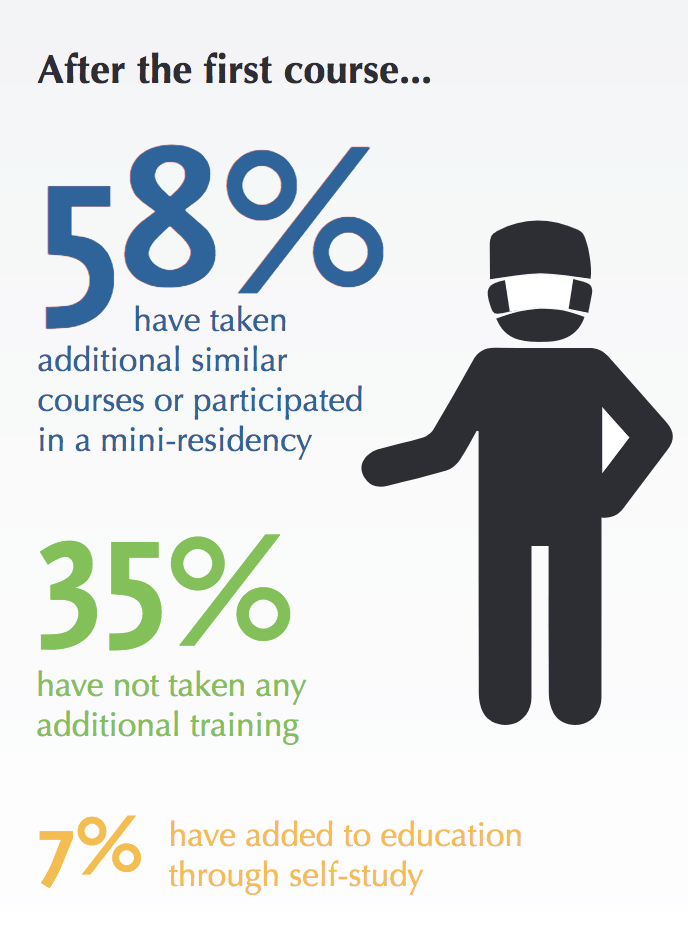If anyone had asked me, I would have had nothing but great things to say about Dental Sleep Practice readers. Send them a survey? Sure, they’ll send in lots of responses! Send them a really long, detailed survey? Well, let’s hope they have the patience for it.
 Our readers surprised us with a robust response, to say the least! Nearly 500 of you gave us your thoughts. Special thanks to ProSomnus Sleep Technologies for providing the honoraria for completing the survey. The first 100 participants had a choice of a $20 Amazon gift card or $100 off a ProSomnus sleep device. The rest received a special surprise, $50 off a ProSomnus appliance. Most were the intended dentists, but 13% of the respondents were physicians, hygienists, and ‘other.’
Our readers surprised us with a robust response, to say the least! Nearly 500 of you gave us your thoughts. Special thanks to ProSomnus Sleep Technologies for providing the honoraria for completing the survey. The first 100 participants had a choice of a $20 Amazon gift card or $100 off a ProSomnus sleep device. The rest received a special surprise, $50 off a ProSomnus appliance. Most were the intended dentists, but 13% of the respondents were physicians, hygienists, and ‘other.’
We here at DSP will spend some time sorting through all this great data and bringing out interesting information to share with you, about you. You can expect to see articles and infographics from this survey for a couple of years, then we’ll do it all again.
How much training does it take for a dentist to feel comfortable providing mandibular advancement devices? Does it surprise you that just under half of you started after just two days of training and 35% of you have not taken any courses after initial training?





What guidelines do you pay attention to in your dental sleep medicine practice? Here’s a surprise: Although the American Thoracic Society has only recently begun to invite dentists to their meeting and membership, over 65% of you were familiar with their position paper, while the American Academy of Sleep Medicine/American Academy of Dental Sleep Medicine garnered only a 38% share.
 Are you driven to provide more treatments for SRBD in your practice? Seems so, given that 89% of you think the ADA’s Policy Statement on the Role of Dentistry in the Treatment of Sleep Related Breathing Disorders will pull more dentists to provide this service. You, yourselves, overwhelmingly think you will provide at least 10% more appliance therapy in the next year.
Are you driven to provide more treatments for SRBD in your practice? Seems so, given that 89% of you think the ADA’s Policy Statement on the Role of Dentistry in the Treatment of Sleep Related Breathing Disorders will pull more dentists to provide this service. You, yourselves, overwhelmingly think you will provide at least 10% more appliance therapy in the next year.
Speaking of getting started: Bite registrations were another surprise. The most popular technique was an ‘end to end’ bite at 58%. 31% use a percentage of the protrusive range. Most of those were recorded with some form of a George Gauge: 60%.
Considering how many dentists are taking up the challenge of treating sleep related breathing disorders, it comes as no surprise that there are as many approaches, commitments, procedures, and business plans as there are professionals. Next issue, we’ll explore more about the business of DSM: insurance and fees that vary so much. Stay tuned.




